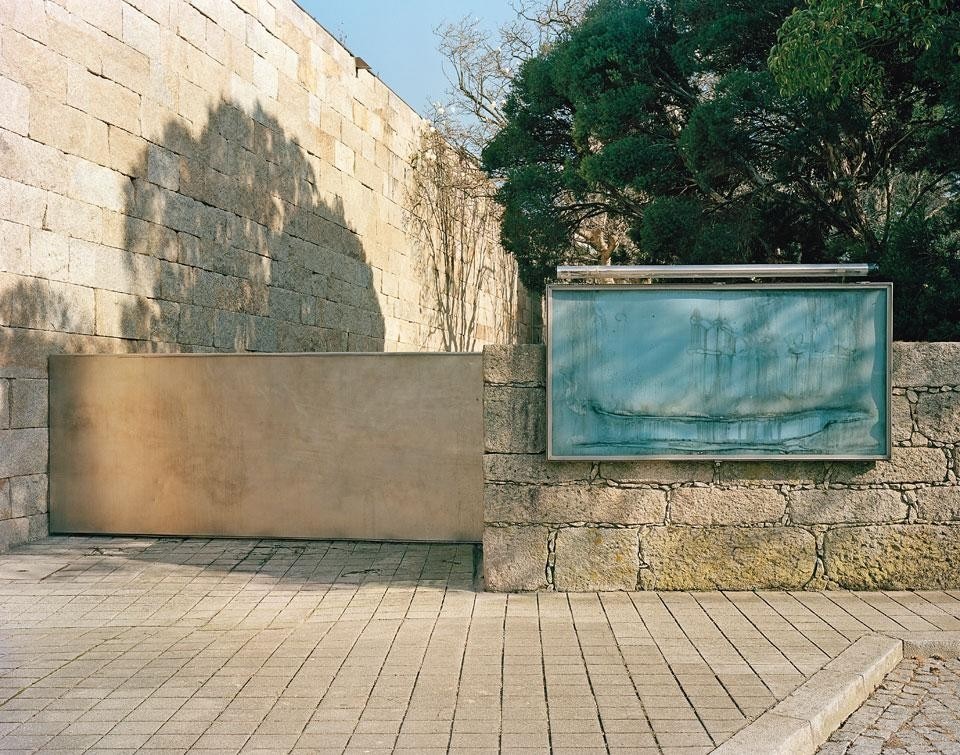Insolent, reckless thieves climb high ladders to get hold of their booty. Even capable of dismantling high voltage cables, they cause greater losses to the activities of their victims than the actual value of the stolen goods. Such episodes are, of course, linked to the rising price of copper and to the ease with which traces of the loot can be erased as soon as the copper is melted down. This paradoxical situation raises two important architectural questions. The first concerns the use of valuable materials for the cladding of buildings: was it really necessary to have a copper roof over the pool, or might we conclude that a zinc roof would have been just as suitable? As a regular user of the pool, I can testify to the unique qualities of copper, the green tones of which create a striking effect, matched only by the intense smell of the oil used to protect the wood of the changing booths against the pungent sea winds.
But I am more interested in the second question: how does a thief distinguish the value of an architectural masterpiece from that of a rail gantry support? Two other examples of Porto's architectural misfortunes are the buildings designed by Eduardo Souto de Moura (but would it make any difference if they were anonymous?).
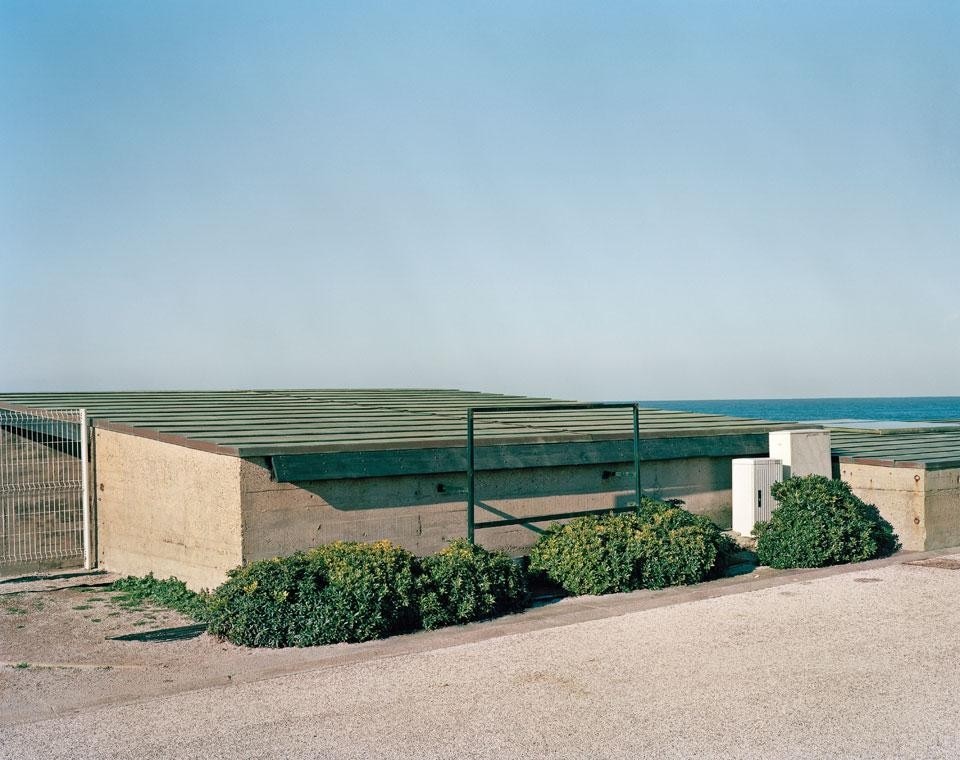
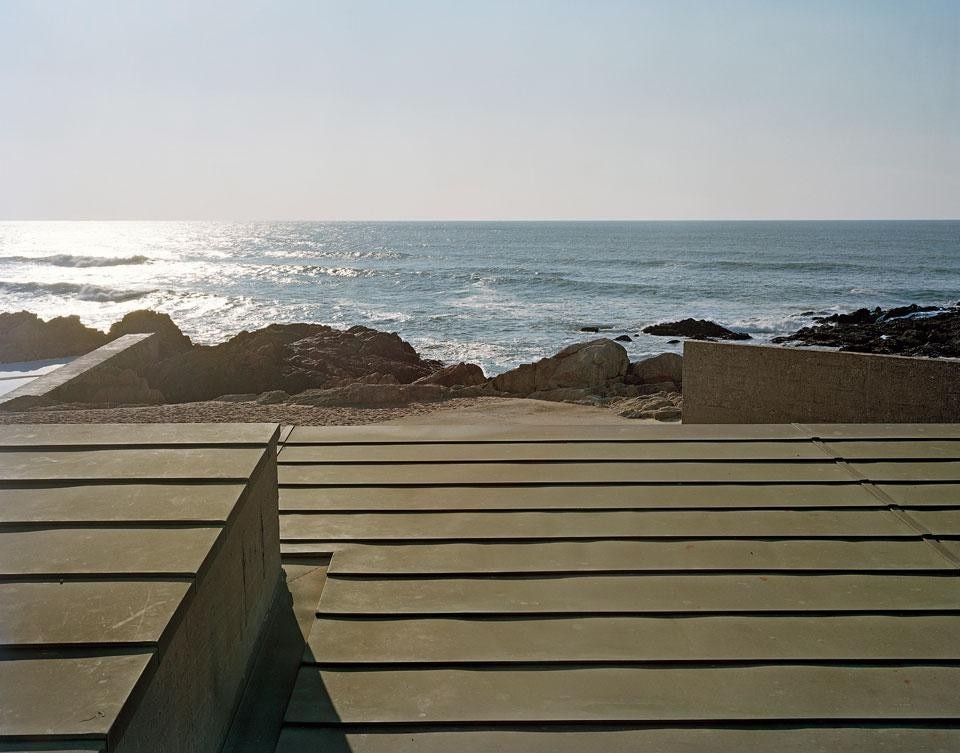
The drastic political change that has taken place in Porto might seem to explain the abandonment of smaller buildings in favour of gigantic new ones. But we could also expect the uniqueness and public value of the architects to serve as a protection of their works, especially in Porto, where a hefty chunk of recent investments has been ploughed into architectural tourism. But this does not appear to be the case.
It seems clear that the theft of valuable building materials is linked to the economic crisis in Portugal
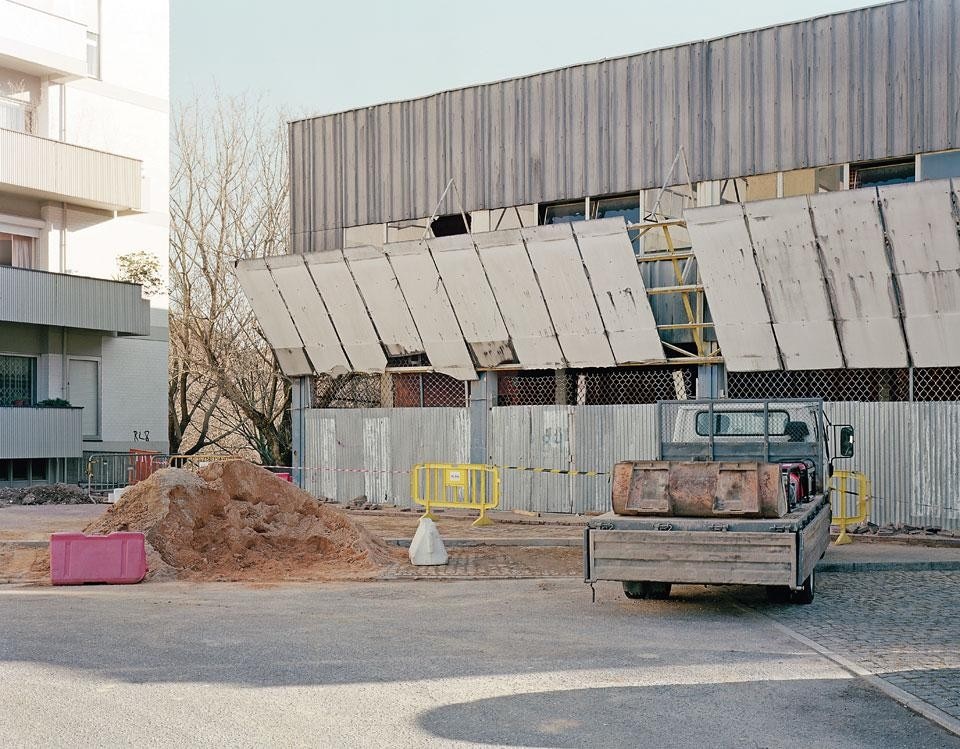
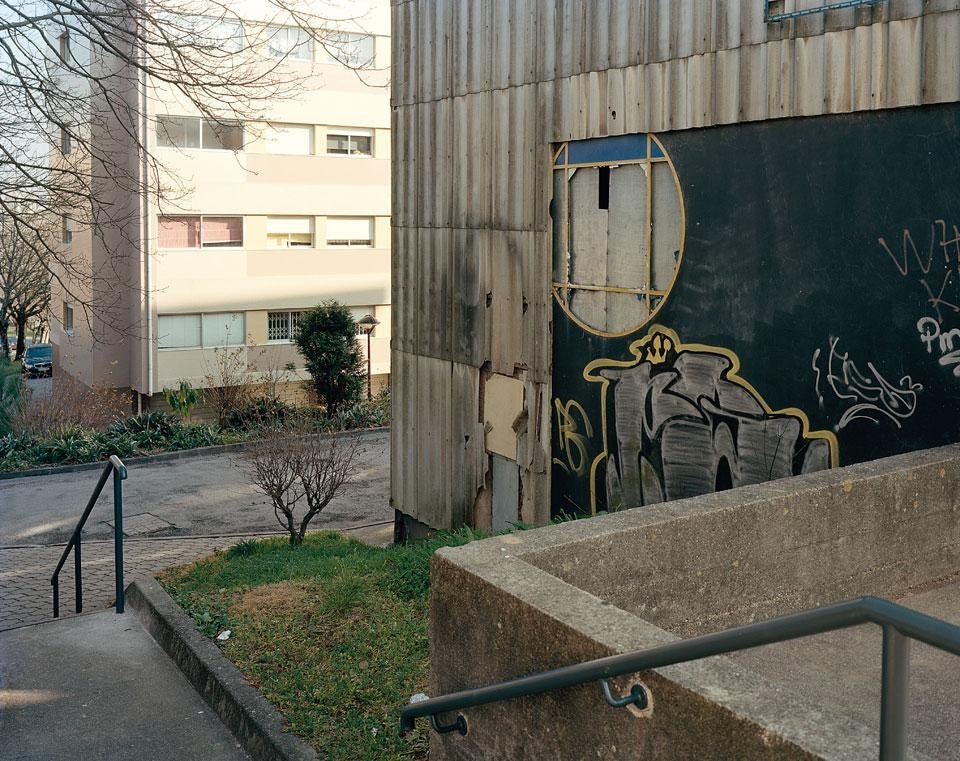
Immediately after the Carnation Revolution, in 1974 Siza built two major housing developments in Porto, both of which were part of the SAAL (Serviço de Apoio Ambulatório Local) social housing scheme. The counter-revolution ended up blocking the process, which also depended on the organisational capacities of the inhabitants, who were directly involved in the project. For many years these SAAL buildings unashamedly represented political battles, while their occupants had to endure the inconveniences caused by non-completion of the programme. One of the two complexes is hidden in the urban fabric; the other, built along a main thoroughfare, is more exposed. In 2000 the local council managed to restore and complete the latter, and was proud to have salvaged another of Siza's masterpieces. But no one bothered about the other, less visible block, which is still in a sorry state.
